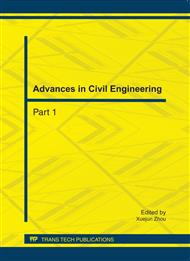p.3001
p.3005
p.3010
p.3015
p.3026
p.3033
p.3039
p.3043
p.3047
Process Simulations of the Cold Recovery Unit in a LNG CCHP System with Different Power Cycles
Abstract:
A CCHP system using LNG as the primary energy should integrate cold recovery unit to increase the total energy efficiency. A scheme of CCHP consisting of gas turbine-steam turbine combined cycle, absorption refrigeration unit, cold recovery unit and cooling media system is a system with high efficiency and operation flexibility. Three different power cycles using the cold energy of LNG is(are 或 were) presented and simulated. The results show that the cascade Rankine power cycle using ethylene and propane in the two cycles respectively has highest energy efficiency. However, the unit is most complex. The efficiency of ethylene Rankine power cycle is little lower than the cascade one, and is much higher than the traditional propane Rankine cycle. The complexity of ethylene cycle is identical to that of the propane cycle. The ethylene Rankine power cycle is the referred method of cold recovery in a CCHP system based on overall considerations.
Info:
Periodical:
Pages:
3026-3032
Citation:
Online since:
September 2011
Authors:
Keywords:
Price:
Сopyright:
© 2011 Trans Tech Publications Ltd. All Rights Reserved
Share:
Citation:


